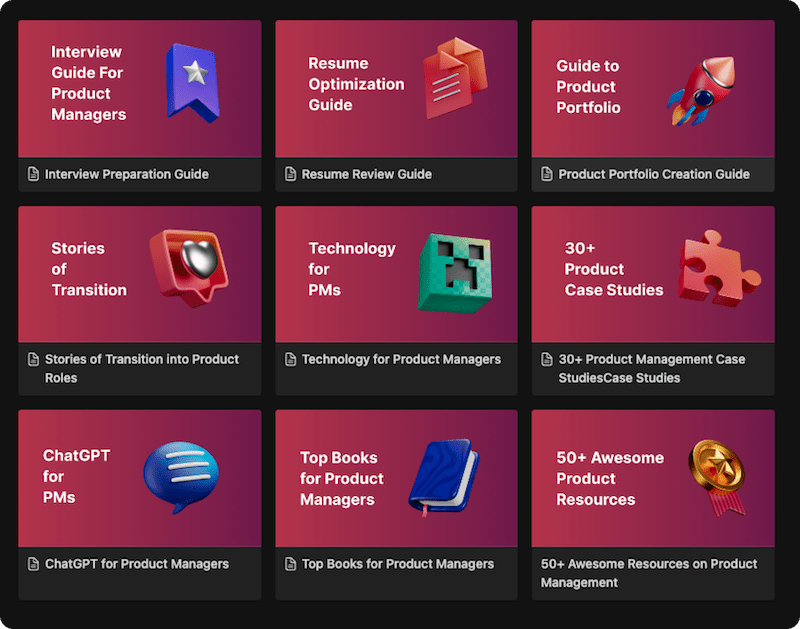Your product roadmap is filled with brilliant, strategic ideas, and your product backlog is meticulously groomed with detailed user stories. But how do you translate those grand plans into a realistic, tangible schedule that your team can actually execute? How do you answer the simple but dreaded question from your stakeholders: “When can we expect this to be live?” The answer isn’t in your roadmap or your backlog; it’s in your Release Plan.
Think of a release plan as the master blueprint for a construction project. The roadmap is the architect’s beautiful rendering of the finished building (the vision), but the release plan is the detailed schedule that tells the construction crew which floors to build in which order, what materials are needed, and when each phase will be complete. It’s the essential tactical document that turns a strategic vision into an actionable execution plan.
This guide will demystify the release plan completely. We’ll explore its origins in Agile, break down its core components, and provide a step-by-step process for creating one. You will learn how to master release planning to manage stakeholder expectations, empower your development team, and deliver incredible value to your customers with clarity and predictability.
Definition and Origin: A Cornerstone of Agile
The concept of a release plan is most formally rooted in Agile and Scrum methodologies. In a traditional Waterfall model, companies might plan a single, massive release over many months or even years. However, Agile emphasizes iterative development—delivering value to customers in small, frequent increments.
This created a need for a medium-term planning tool. The product roadmap was too high-level (strategic), and the sprint plan was too low-level (focused on the next 1-2 weeks). The release plan emerged to fill this critical gap. It allows Agile teams to look ahead for the next few months, group features into logical releases, and provide a reasonable forecast to the business without abandoning the flexibility of the Agile process.
Why You Need a Release Plan: The Core Benefits
Creating a release plan is not just a bureaucratic exercise; it provides immense value to the entire organization.
- Manages Stakeholder Expectations: It’s the ultimate communication tool. It gives sales, marketing, and leadership a clear view of what’s coming, allowing them to plan their own activities. Effective Stakeholder Management is impossible without it.
- Provides Clarity for the Development Team: It gives the engineering team a medium-term vision, helping them understand how the upcoming sprints connect to a larger goal. This context is crucial for making smart technical decisions.
- Improves Coordination and Reduces Dependencies: By mapping out features over several sprints, the release plan helps identify dependencies between teams or technical components early on, allowing for better coordination.
- Enables Better Forecasting and Budgeting: It provides a realistic forecast of when certain functionalities will be delivered, which is essential for business planning, marketing campaigns, and budget allocation.
The Anatomy of a Release Plan: Key Components
While the format can vary, a robust release plan typically includes these core elements:
- Release Goals: A clear statement of the “why” behind each release. What is the primary objective? (e.g., “Launch the core functionality for our V1,” “Improve user retention by 10%”).
- High-Level Scope: A list of the major features, epics, or user stories planned for each release. This is pulled from the prioritized product backlog.
- Estimated Timelines: The projected date or the number of sprints allocated for each release. This is based on the team’s estimated velocity.
- Key Milestones: Important dates within the release cycle, such as the start of beta testing, the marketing launch date, or the engineering handoff.
- Risks and Dependencies: Acknowledgment of any potential risks (e.g., technical uncertainty, resource constraints) or dependencies on other teams.
How to Create an Agile Release Plan: A Step-by-Step Guide
A release planning session is a collaborative ceremony, not a solo task for the product manager.
Step 1: Define the Vision, Goals, and Scope
Start with the “why.” The Product Owner or PM presents the product vision and the specific business goals for the next release cycle (e.g., the next quarter). This sets the context for everyone.
Step 2: Review and Refine the Product Backlog
The team reviews the prioritized product backlog. This is a chance to ensure the highest-priority items are well-understood, have clear acceptance criteria, and have been roughly estimated (e.g., using story points).
Step 3: Determine Team Velocity
To create a realistic plan, you need to know your team’s capacity. Use the historical average **velocity** (the number of story points completed per sprint) as a baseline. If it’s a new team, you’ll need to make an initial estimate.
Step 4: Map Backlog Items to Releases/Sprints
This is the core of the planning session. The team collaboratively maps the prioritized user stories from the backlog into a sequence of sprints. You might group them into larger named releases (e.g., “Release 1.1: Collaboration Suite”). You continue adding stories to sprints until the team’s capacity for the planned timeframe is filled.
Step 5: Identify Risks and Formulate a Plan
As you’re planning, the team should call out potential risks (e.g., “This feature depends on a new API from another team,” or “We have little experience with this technology”). These should be documented and a mitigation plan discussed.
Step 6: Finalize and Get Stakeholder Buy-In
The output is a finalized release plan. The PM or Product Owner then shares this plan with stakeholders to get their alignment and commitment. The plan should be treated as a forecast, not a blood oath, and everyone should understand that it can change as new information is learned.
Release Plan vs. Product Roadmap: The Critical Distinction
This is one of the most common points of confusion in product management.
A Product Roadmap is a strategic document. It focuses on the “why” and the high-level “what.” It communicates the product’s direction and the customer problems it will solve over a long-term horizon (e.g., 12-18 months).
A Release Plan is a tactical document. It focuses on the “when.” It translates the roadmap’s strategic themes into a near-term, actionable timeline of specific deliverables.
| Aspect | Product Roadmap | Release Plan |
| Purpose | Communicate strategic direction & the “why” | Communicate a tactical timeline & the “when” |
| Time Horizon | Long-term (e.g., 6-18 months) | Medium-term (e.g., 1-3 months or next release) |
| Audience | Leadership, stakeholders, entire company | Development team, project management, stakeholders |
| Level of Detail | High-level strategic themes and initiatives | Specific features, epics, and user stories |
| Flexibility | Directional, can change with strategy | More detailed, but adaptable based on sprints |
Conclusion
A release plan is far more than just a schedule; it’s the indispensable link where strategic ambition meets executional reality. It’s the moment of translation where the high-level “why” of the roadmap becomes a clear and tangible “when” for your team and stakeholders. By mastering the art of release planning, you provide the clarity, predictability, and alignment that empowers your team to build with confidence and allows the broader organization to prepare for the value you’re about to deliver.
This plan should not be seen as a rigid contract set in stone, but rather as a living, breathing guide for navigating the complexities of product development. Embrace its adaptive nature, use it as your primary communication tool, and you will build immense trust with your team and your stakeholders. A well-crafted release plan doesn’t just manage the release of a product; it ensures that the incredible value you’ve envisioned is delivered to your customers in a thoughtful, predictable, and impactful way.
FAQ’s
It’s a collaborative effort. The Product Owner or Product Manager is typically responsible for driving the process and defining the goals, but the entire development team is involved in the estimation and planning. The Scrum Master facilitates the meeting.
A release plan is a medium-term forecast that covers multiple sprints (e.g., a full quarter). A sprint plan is a highly detailed, short-term plan that outlines the specific work to be done in just the next sprint (e.g., the next two weeks).
A release plan is a living document. It should be reviewed and potentially updated at the end of every sprint during the Sprint Retrospective or planning session. New information (like a change in team velocity or a shift in priorities) may require the plan to be adjusted.
Yes. While it’s a formal ceremony in Agile, the principle of creating a medium-term, tactical plan that breaks a large project into manageable chunks is valuable for any team, including those using Waterfall or a hybrid model.
Learn better with active recall quiz
How well do you know What is a Release Plan? Let’s find out with this quick quiz! (just 10 questions)


